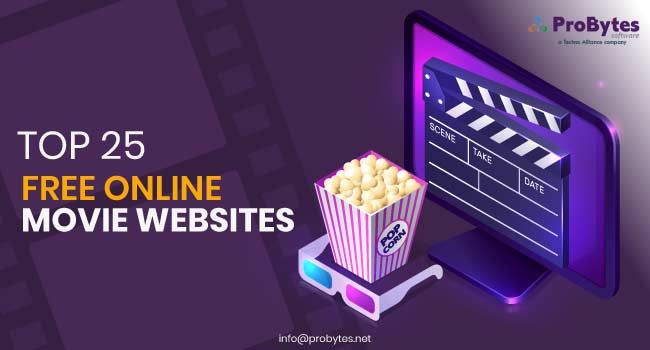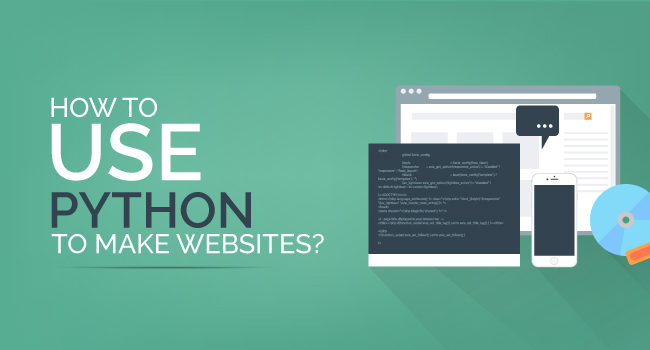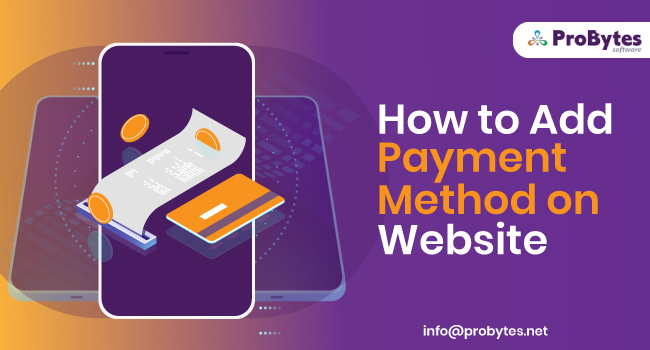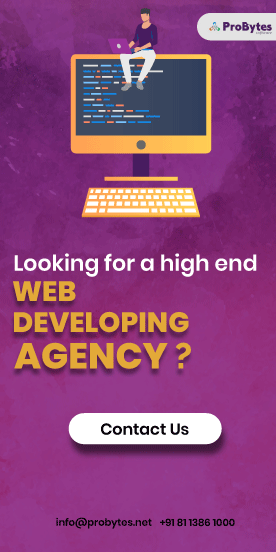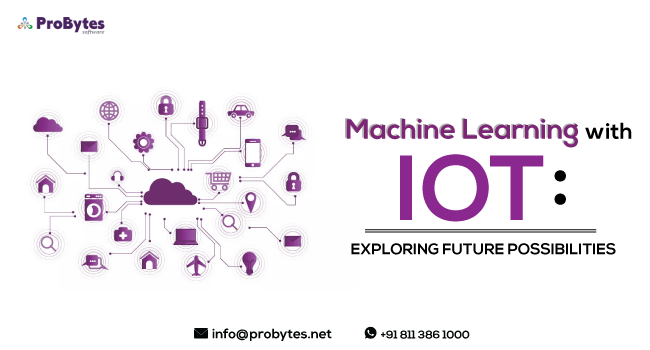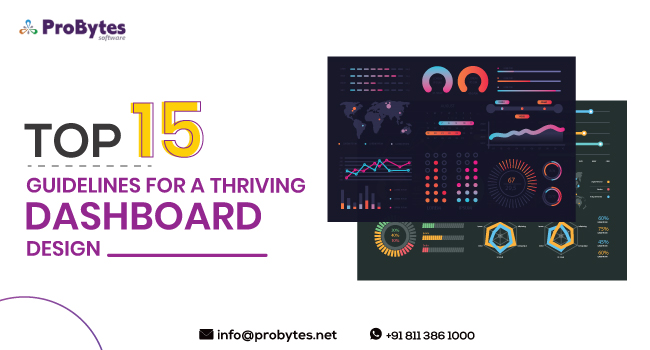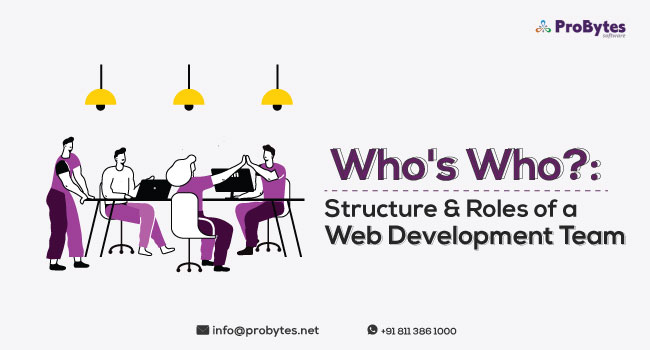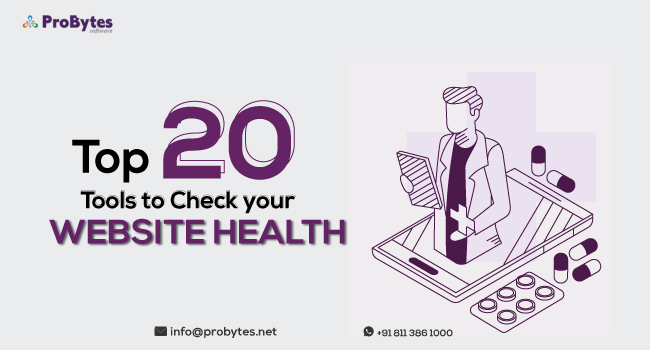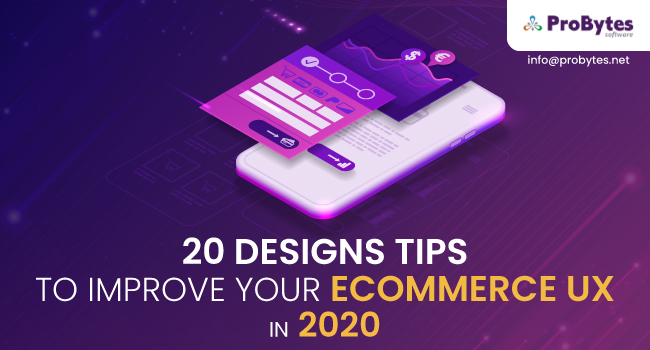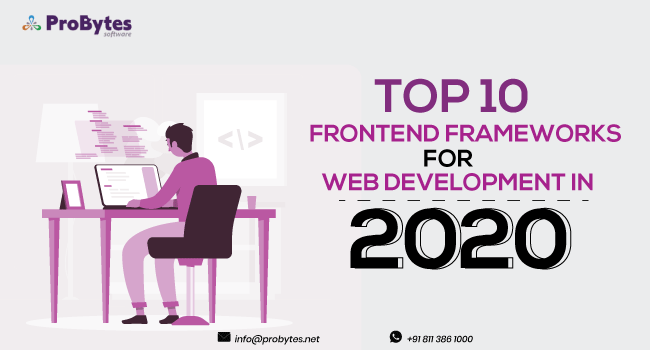Blog Category(283 Blogs)
How To Make Ecommerce Website Like Amazon
The best part about starting an ecommerce website like Amazon is that you don’t have to own the products to sell on it.
All you have to do is ask businesses to upload their products on your website and you earn a part of their profit.
In the beginning, you can keep a lower market share but as the businesses increase, you can raise it.
Other than that, you are also giving small businesses an opportunity to reach a larger target audience, which otherwise wouldn’t have been possible. You only have to ship the products after they are brought from your ecommerce website.
It doesn’t matter if you have a prior experience in ecommerce website development or not. Be prepared because you’ll be learning a lot.
Here’s a step to step guide for starting an ecommerce website just like Amazon:
1. Website structure
A structured website is much more understandable compared to something that is in a haphazard pattern just to make it look creative.
Three things that matter the most when it comes the website structure is speed, security, and scalability.
Only when you offer a speed loading website to your customers, they will enjoy shopping from your ecommerce website. You must understand that visitors aren’t going to wait for your website to load.
It goes without saying that you have to offer the highest security possible. Since it is an ecommerce website, people will be entering their personal and bank details, which can get easily stolen by hackers.
Something like this is disastrous not only to you but also for your customers.
2. User-interactive design
Amazon has one of the best user-interactive designs. Your ecommerce website doesn’t need to have an over-the-top design or anything similar to Amazon. Before deciding on your design, check the latest web design trends. It should be easy to navigate, convenient, and efficient.
You can discuss about it with your company’s stakeholders. For design, you also seek help of a website design and development company so that you can make things happen within a short span of time
3. Development-related activities
The real work starts in the third step of the process. There are so many different things you have to do at once that it can get a little bit confusing.
Development is crucial, and takes a great deal of technical knowledge to happen.
Read more : 24 Best Online Shopping Apps
So it is better that you seek the help of professionals, like a renowned ecommerce website development company.
However, there are certain factors that you need to check even though the work has been outsourced.
Hosting server
Find a trustworthy hosting provider. The best place to find one is the internet. Go through reviews and expert opinions.
You can either go for VPS or AWS because they offer uninterrupted and stable operation. When it comes to the hosting server, always choose Linux.
Encrypt data or not
Data encryption is an advanced level of security, which we suggest you should opt for. If ever your data is stolen, the hackers won’t be able to decipher it.
Always take a backup of all your important information, so that no hacker can ever threaten you.
Programming language
We prefer PHP programming language because it is commonly used and easy to code. It also offers a great level of security and is scalable.
You can choose, whichever framework you want to, depending upon your coder’s comfort and budget.
Platform
If you are thinking of a quick deployment, it’s better that you go for a ecommerce website development platform like Prestashop, Magento etc.
CMS system
A content management system comes in handy when you are just starting out. It is not suitable when you have to increase your business because they have low security and don’t work at desirable speeds.
Website testing
You should go for website testing from the early stage of development itself. The benefits are limitless. The tester will come in handy when you are a making the website and for regular tests whenever your scale up.
Some tests that you should perform on your ecommerce website include Usability testing, Functionality testing, Security testing, Performance testing, Compatibility testing, and Interface testing.
Read more : How To Build a Peer-To-Peer Marketplace Website?
Don’t test hurriedly because you’ll miss something out and get flooded with infinite amounts of complaint and grievances. It will also cost you a lot to repair the damages.
5. Launch and Promotion
Before launching the website, you need to find sellers who are ready to upload their products on your website. Your second target group is buyers.
The easiest you to attract both of these groups is by online advertising. You can start collecting sellers by showing them a prototype of your website and what they should expect from it.
Create hype among probable buyers by promoting your website a few days before the launch. You can have a special discount and membership benefits for first 1,000 or something followers.
Find your own ways to generate curiosity among the people. If your budget permits, you can click photos for your vendors. You can charge them a minimal cost.
Here are some ways you can increase your reach:
SEO optimization
Optimising your website is the cheapest way to generate traffic on your website.
Google Adwords
Using Google Adwords, put ads of our websites on blogs and web applications. You will have to pay fees, but it is quite affordable.
Facebook Ads
The same thing goes for Facebook Ads. You reach a large population in a limited duration. Make you customize the settings and search results correctly or else all you invested money will go to waste.
Time and Cost of Building an Ecommerce Website
Depending on big your ecommerce website is, it will take anywhere between two to four months to launch it, which includes testing.
Promotion is an ongoing process, so you can choose to begin with it when you are 50 percent done with the website.
Cost is another variable factor that depends on your project size. However, you’ll have to pay anywhere between $10,000 and $50,000. It includes employee salary, hosting provider cost, website framework cost, and rent or EMI of your office.

 Python
Python Magento
Magento Odoo
Odoo How To
How To How Much
How Much Yii Development
Yii Development Core PHP
Core PHP Prestashop
Prestashop Latest News
Latest News Education
Education Web Design
Web Design Business
Business Ecommerce
Ecommerce Travel
Travel Banking and Finance
Banking and Finance Web Development
Web Development Ruby On Rails
Ruby On Rails Joomla Development
Joomla Development Ecommerce
Ecommerce Magento Development Services
Magento Development Services Hire a Developer
Hire a Developer Web Crawling Services
Web Crawling Services




